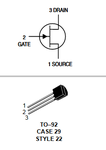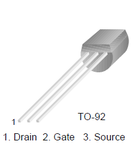Yes, they are not excellent but I think they must work without out problem.
Let's rewind the movie and start over; Indeed, by your statements so far it is clearly noted the lack of some knowledge in the RF field and therefore it is not plausible to assume that it should work even partially mounted, but rather you should only follow the assembly as specified, using components with similar specifications, or with the original values. Another point, show the entire assembly, not only the top face of the board, people just can guess of what are behind that. In addition, check critical parts of the circuit separately whether are working or not, as for example the VU meter and the JFET. And finally, think of using simulators to get you more familiar with those stuffs.





